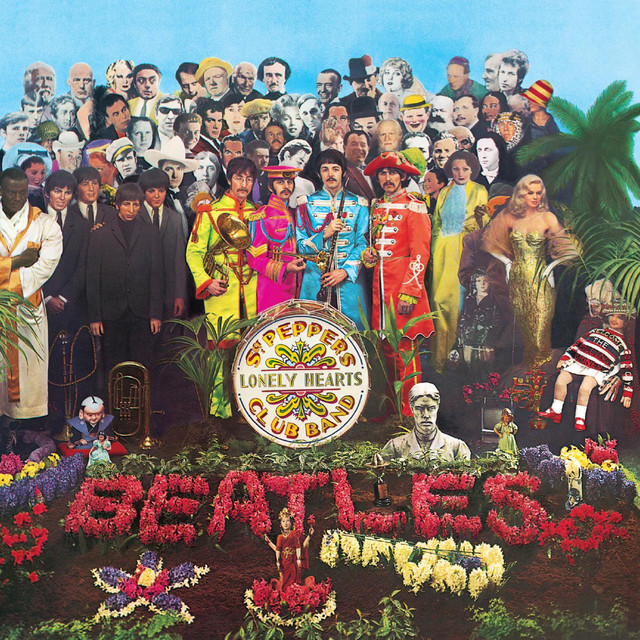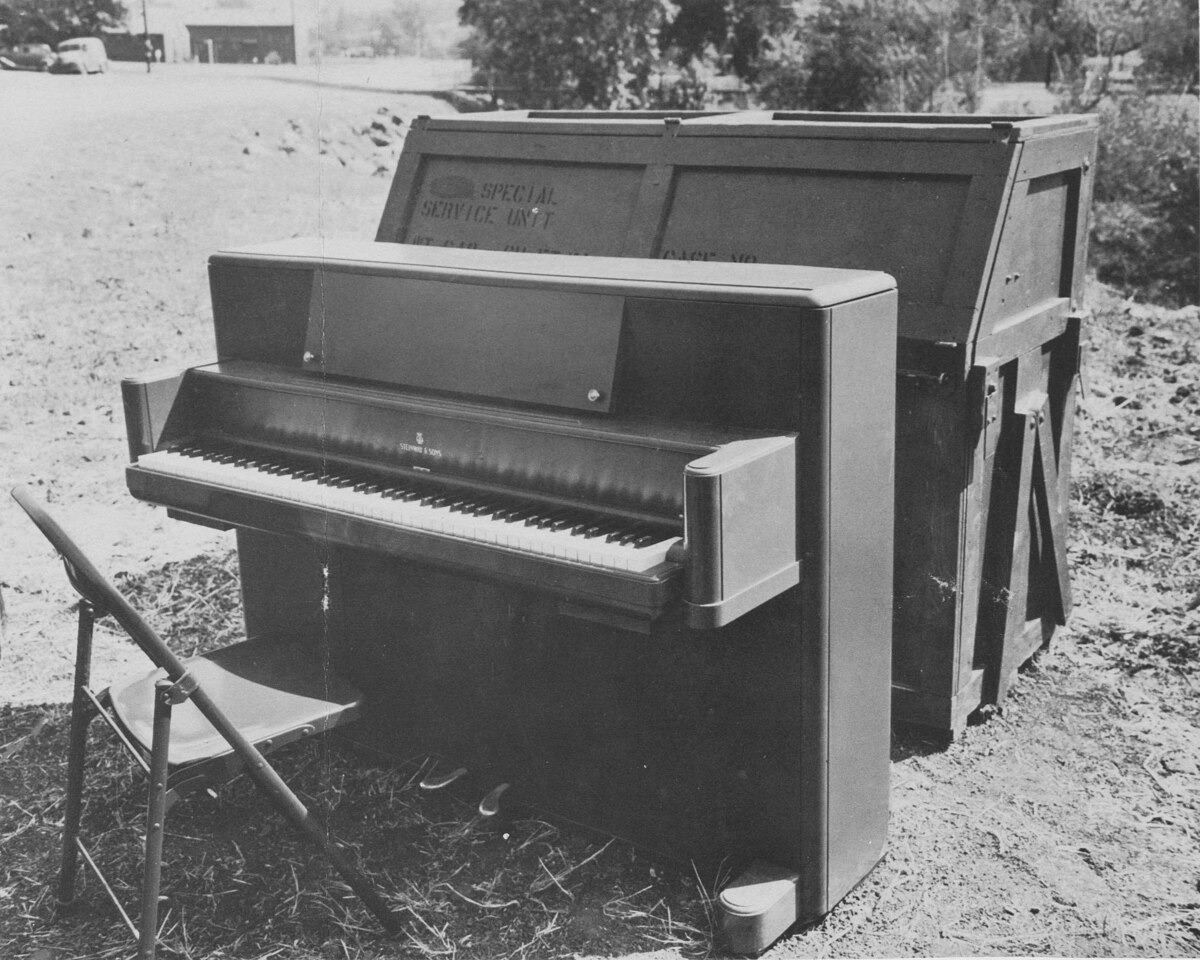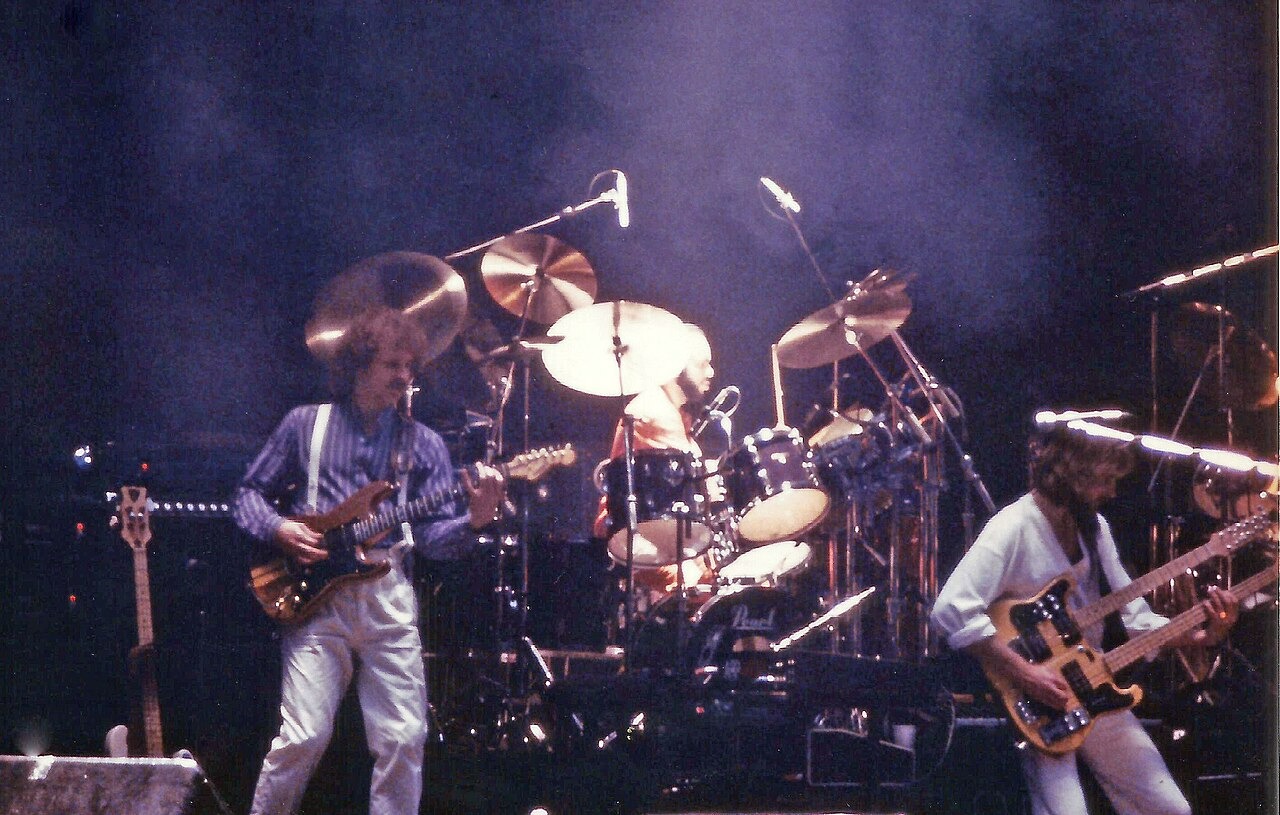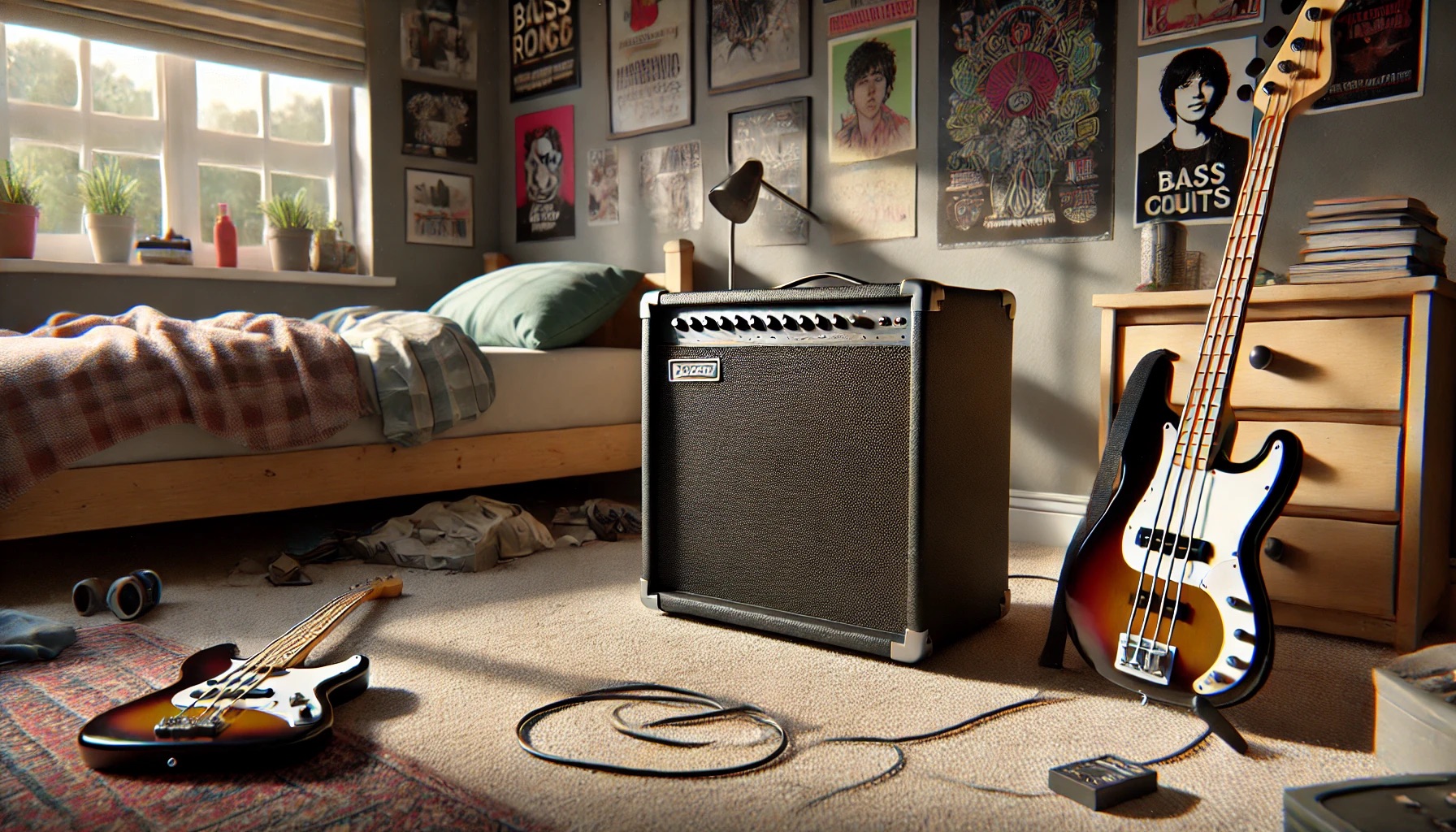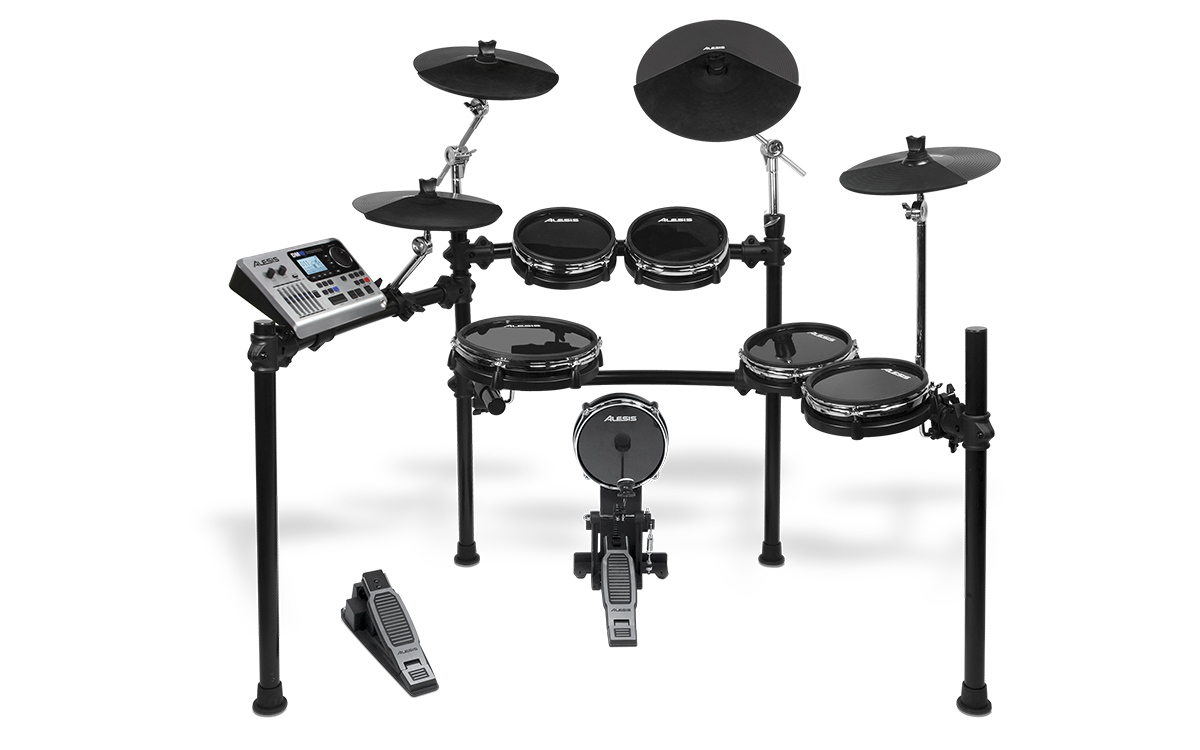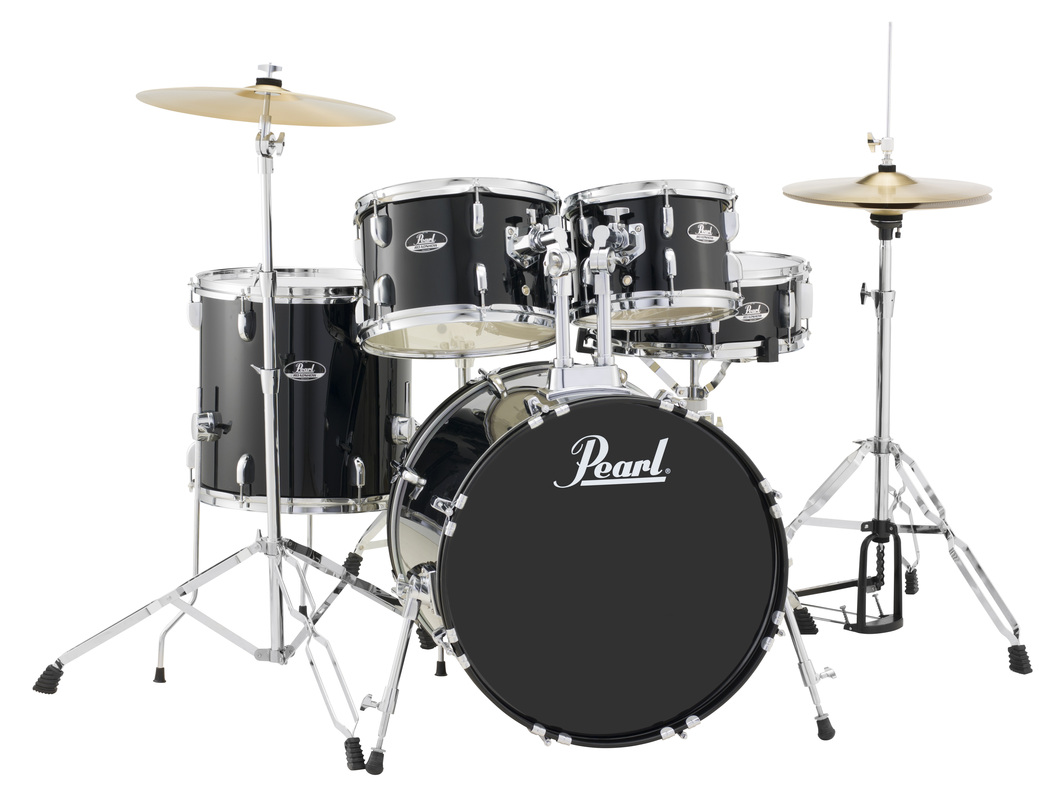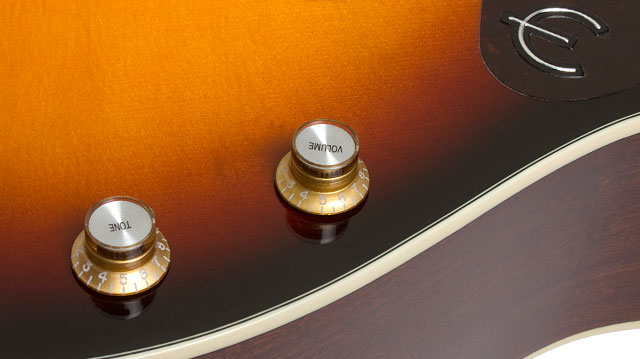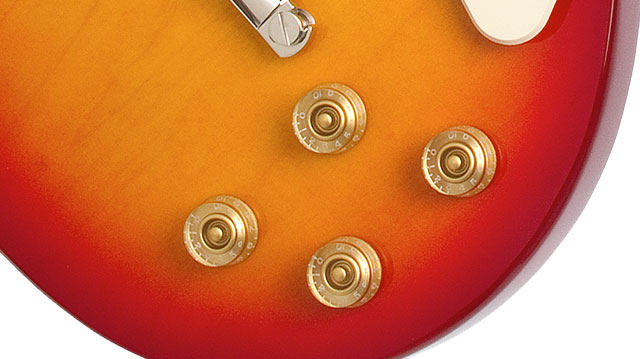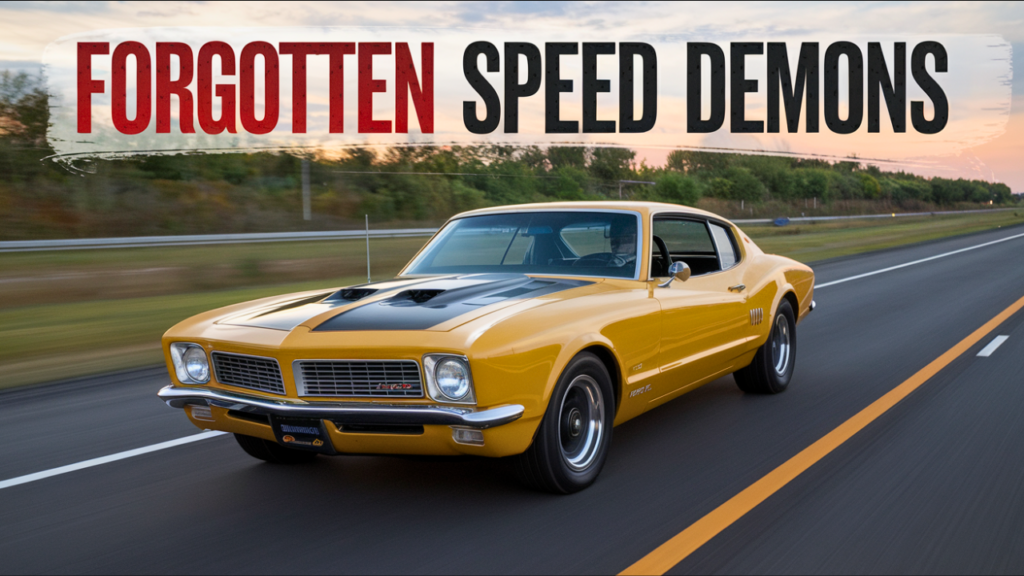
While Mustangs, Camaros, and Chargers hog the ’60s muscle car spotlight like A-listers at a premiere, a collection of automotive underdogs has waited patiently in the wings. These mechanical marvels packed just as much punch (sometimes more) than their famous cousins but somehow vanished from the history books faster than red shirts in Star Trek.
Here’s your backstage pass to the most impressive muscle cars Detroit ever built—and then promptly forgot to advertise properly.
8. Buick Riviera GS (1966) with Super Wildcat Option – Exterior
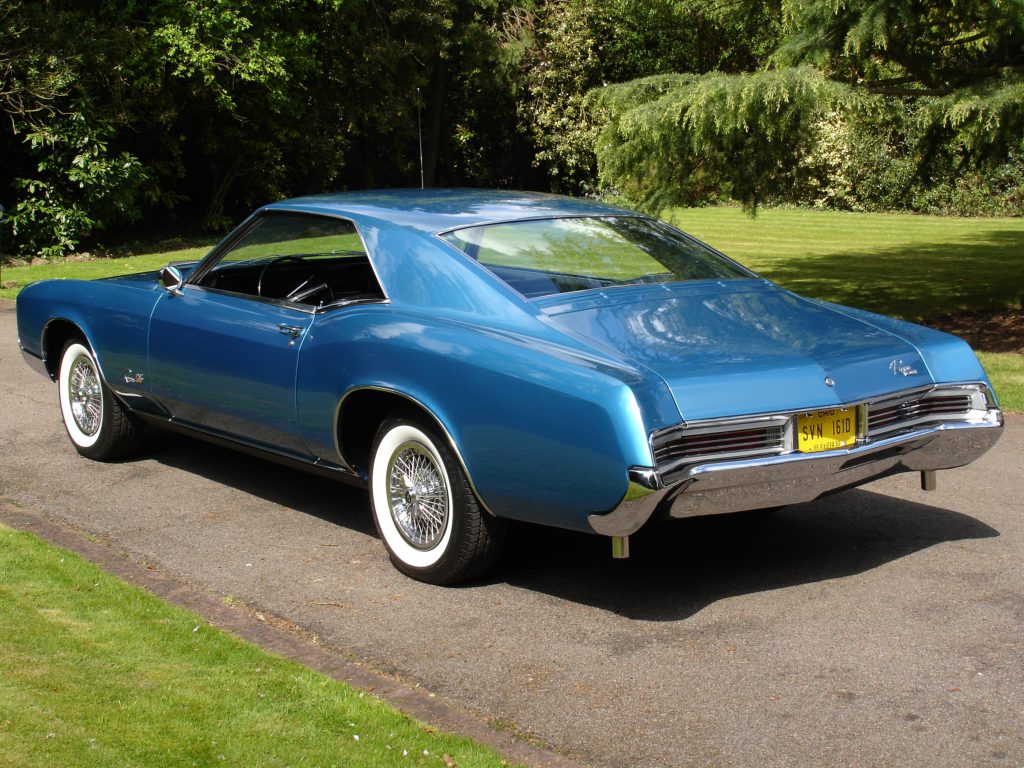
The ’66 Riviera GS with Super Wildcat package was the automotive equivalent of a bouncer in a tailored suit. Elegant on the outside, absolutely terrifying when provoked. Hiding beneath its sophisticated exterior lurked a monstrous 425 cubic inch V8 pumping out 360 horsepower and enough torque (465 lb-ft!) to make the Earth question its rotation.
Buick Riviera GS (1966) – Interior
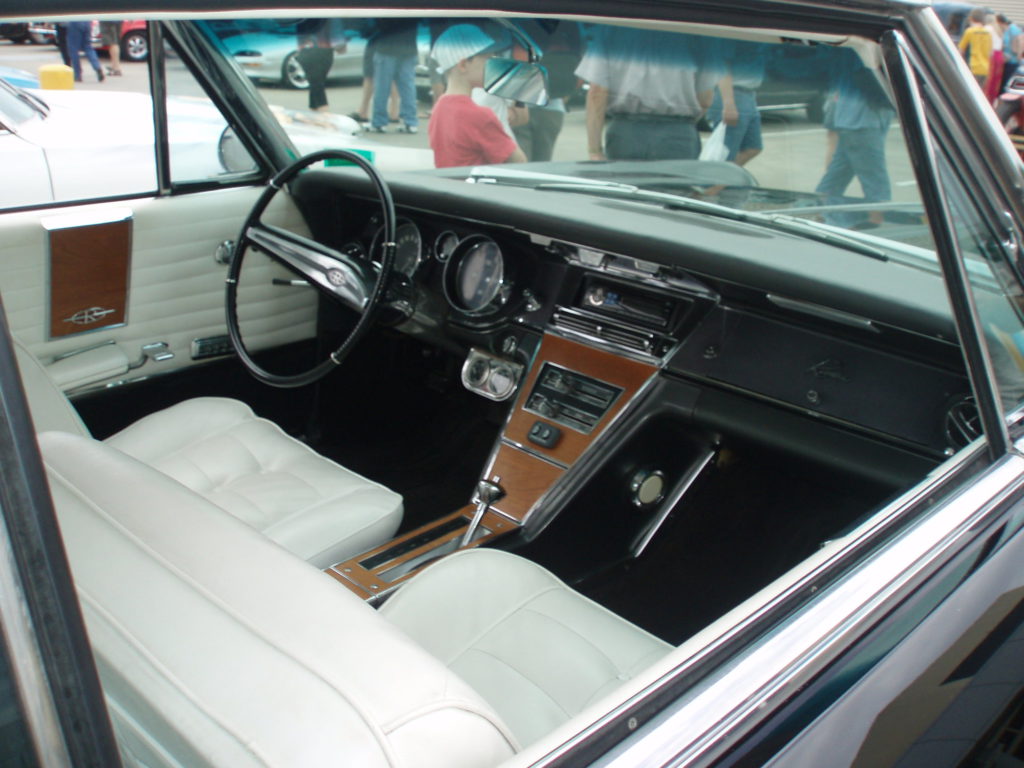
Despite weighing 4,400 pounds, this luxury beast could hit 60 mph in 7.1 seconds and reach a top speed of 125 mph. Quick enough to turn your martini into a lap ornament.
Buick built only 179 Super Wildcat-equipped Rivieras out of 45,348 total production, making them rarer than a smartphone without a cracked screen. Each featured genuine wood and leather interiors that would make modern luxury cabins look like fast food restaurant furnishings.
7. Pontiac Custom S (1969) – Exterior
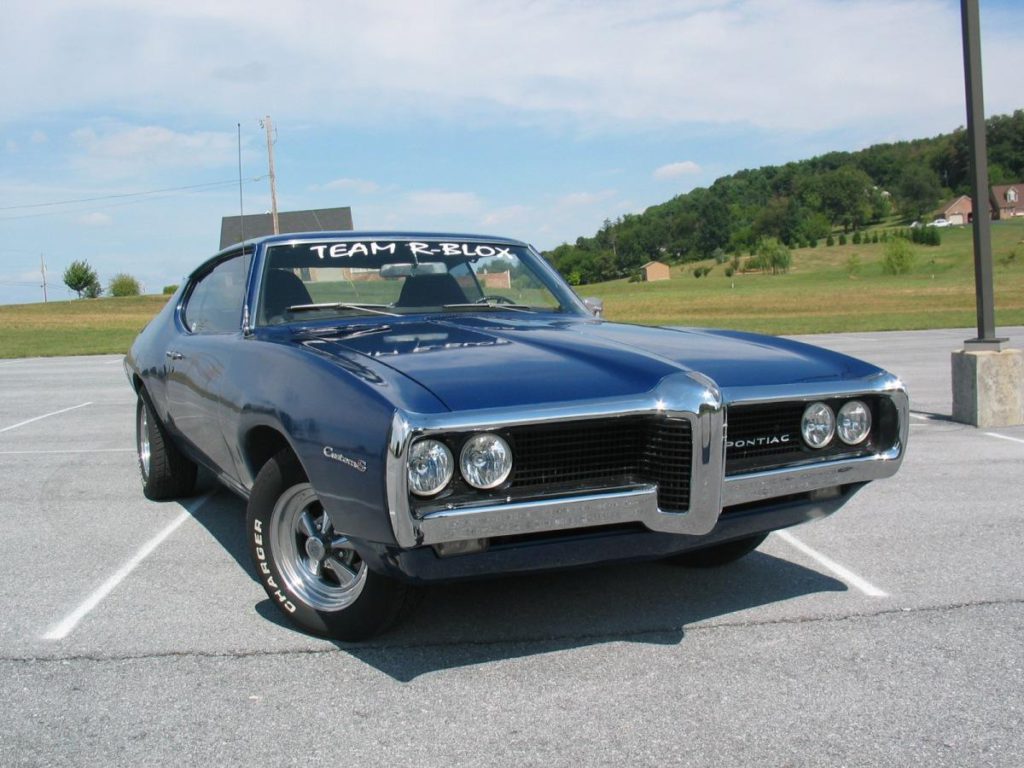
The 1969 Pontiac Custom S lived the automotive equivalent of a mayfly—gloriously existing for just one model year before vanishing forever. Slotted between the Tempest and LeMans, it offered buyers that sweet middle-child energy at a wallet-friendly $2,782 (roughly the price of one decent iPhone today).
Pontiac Custom S (1969) – Interior
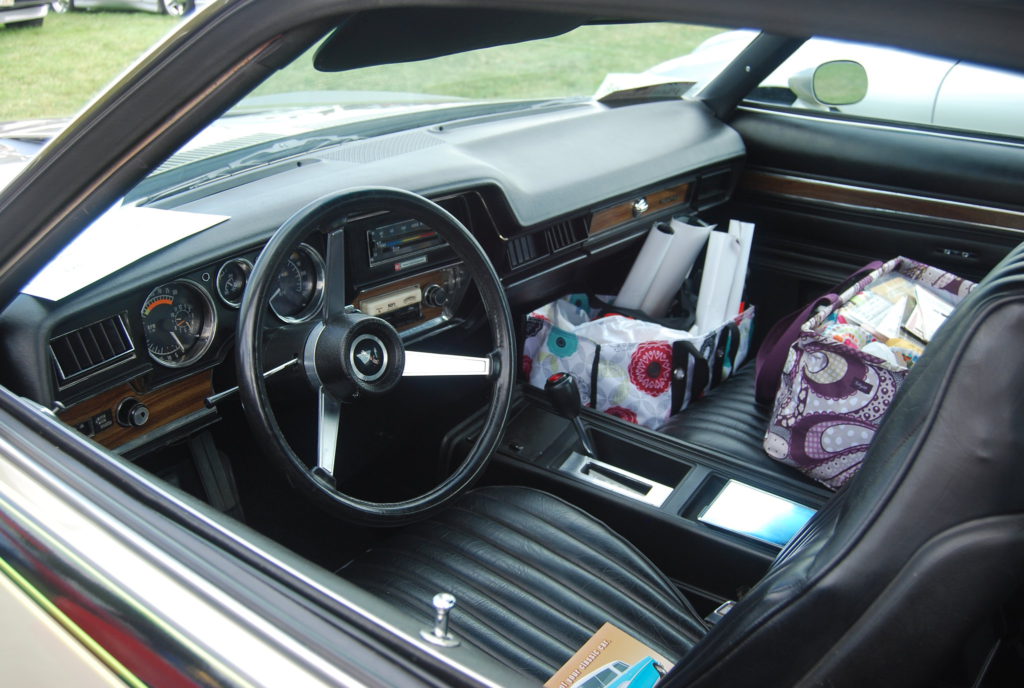
Engine options ranged from “adequate” to “your neighbors will definitely hear you coming home.” Buyers could choose anything from a modest 175-horsepower six-cylinder to a 330-horsepower V8 that turned gas stations into second homes. With only 12,400 ever made and clean styling that avoided the excessive chrome addiction of the era, spotting one today is like finding someone who isn’t streaming something on their phone.
6. Oldsmobile Jetfire (1962-1963) – Exterior
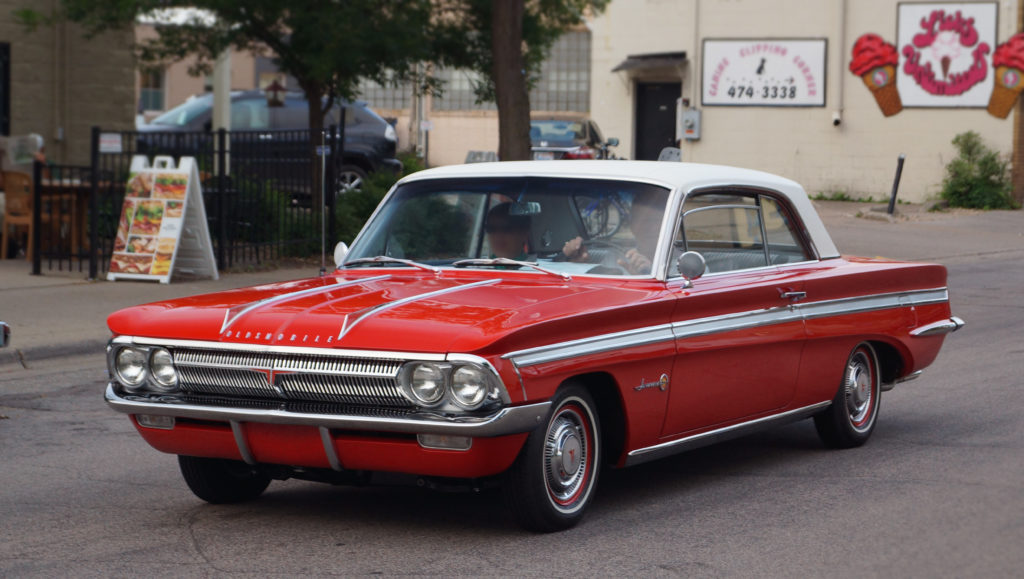
The Oldsmobile Jetfire was that friend who showed up using technology nobody else understood yet. Before turbochargers became standard fare, the Jetfire was already there, living in 2023 while everyone else was stuck in 1962.
This 3,050-pound technological wunderkind packed an aluminum 215 cubic inch V8 with a turbocharger strapped on for good measure. The result? A respectable 215 horsepower and 0-60 times of 8.5 seconds—impressive enough in the early ’60s to raise eyebrows at stoplights.
Oldsmobile Jetfire – Interior
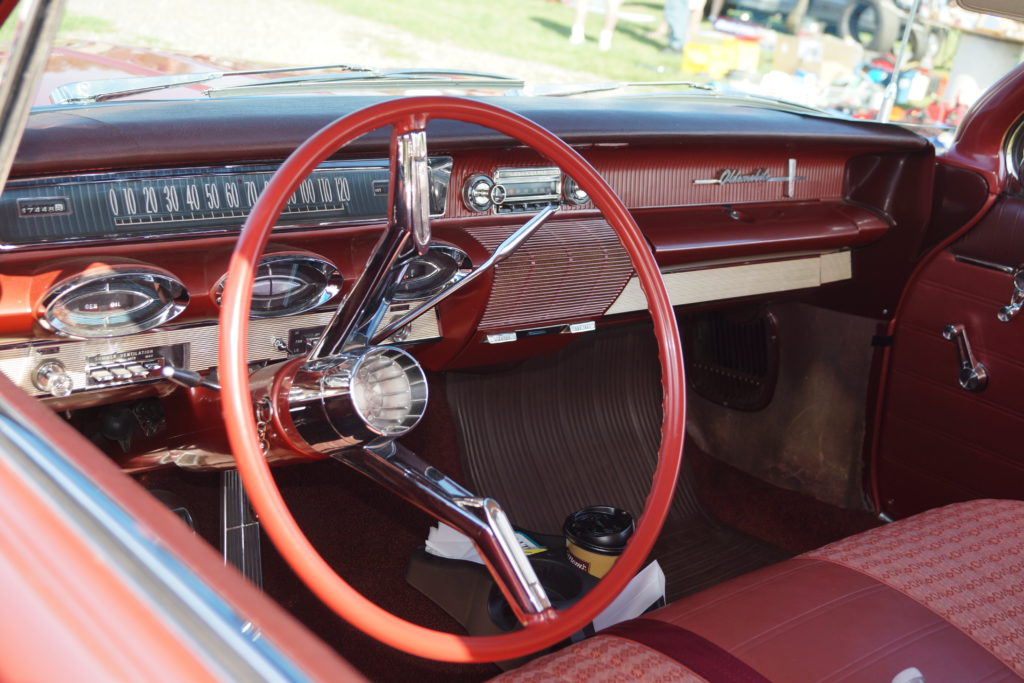
Its Achilles’ heel was requiring something called “Turbo-Rocket Fluid”—which sounds suspiciously like something Wile E. Coyote would order from ACME. This complexity meant Oldsmobile produced only 9,607 before pulling the plug.
The Jetfire became the automotive equivalent of obscure vinyl records—people claim to appreciate them but almost nobody owned one. Despite its brief production run, it established turbocharging as a performance enhancement that would eventually become as common in cars as cup holders and unused owner’s manuals.
5. Ford Thunderbird 429 (1968) – Exterior
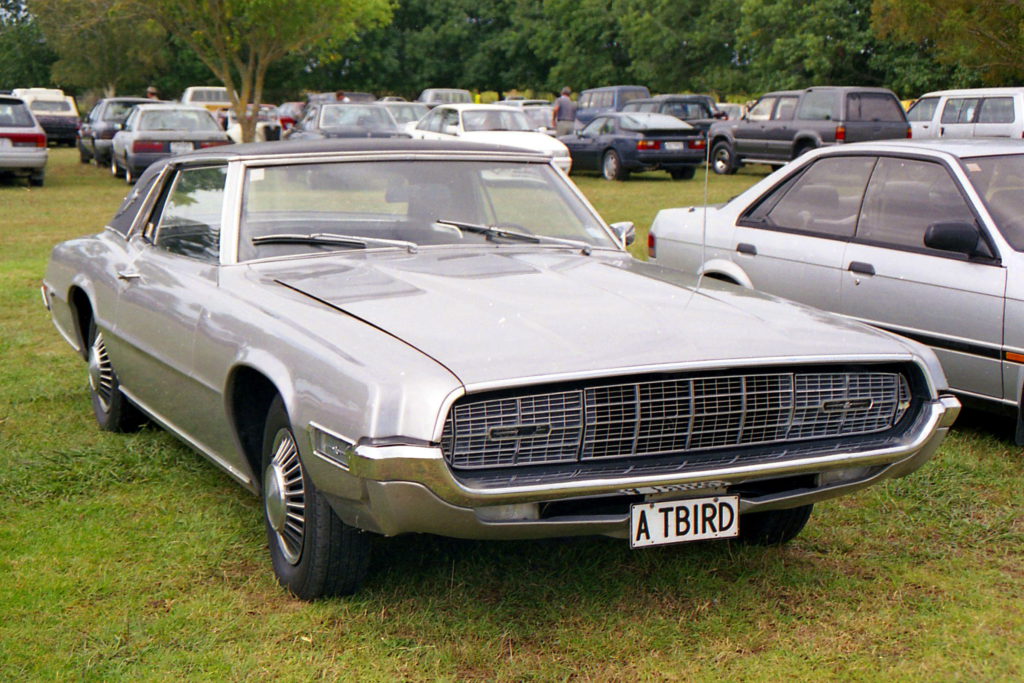
The ’68 T-Bird emerged when Ford engineers apparently asked, “What if luxury wore brass knuckles?” Hidden headlights and dramatic styling gave it the look of something Batman might drive to a charity gala.
Meanwhile, the mountainous 429 cubic inch V8 delivered 360 horsepower and enough torque (480 lb-ft) to alter tidal patterns. Ford offered this powerplant alongside luxury features typically reserved for vehicles that moved at a more dignified pace. enough torque (480 lb-ft) to alter Earth’s rotation.
Ford Thunderbird 429 (1968) – Interior
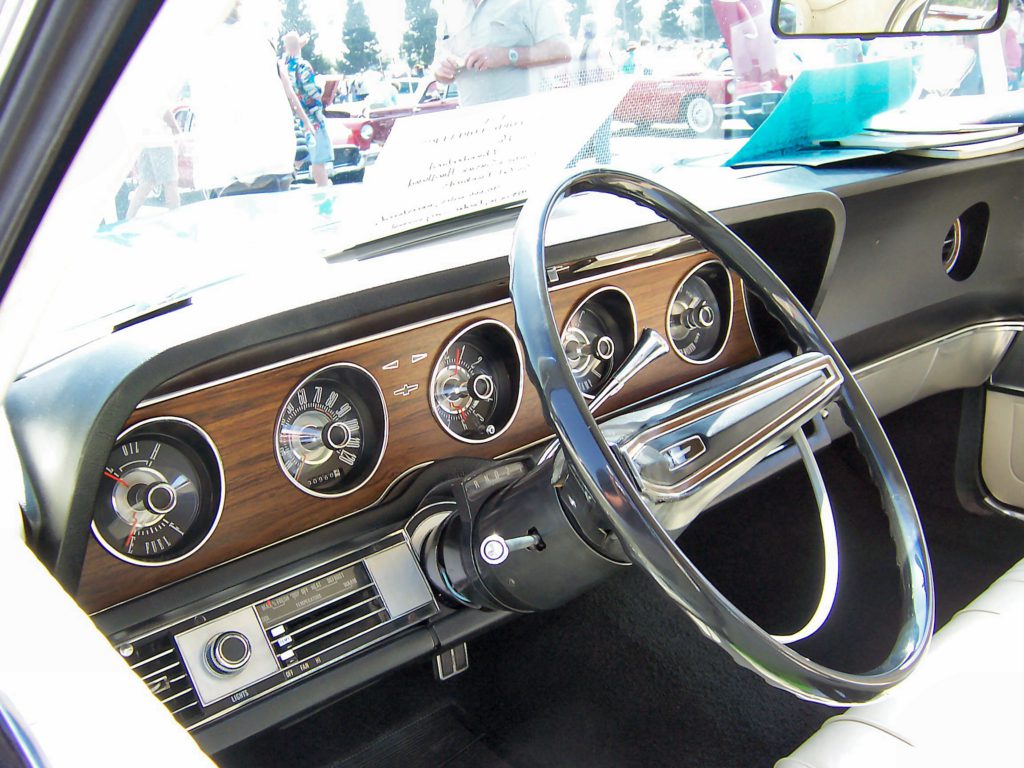
This 4,700-pound leviathan still managed to hit 60 mph in 8.1 seconds and topped out at 137 mph. At those speeds, the laws of physics begin writing strongly worded complaint letters.
Available in three body styles including a four-door with suicide doors (because regular doors were apparently too predictable), it offered muscle car thrills with country club comfort.
4. Chevrolet Impala SS 409 (1962) – Exterior

Before muscle cars were officially A Thing™, the ’62 Impala SS 409 was quietly writing the rulebook everyone else would follow. The Super Sport package added bucket seats and fancy trim, but the real magic was that legendary 409 cubic inch V8.
Top spec models produced up to 409 horsepower (because matching numbers are deeply satisfying on a primal level). Chevrolet achieved the coveted one-horsepower-per-cubic-inch benchmark that would define the muscle car era for years to come.
Chevrolet Impala – Interior
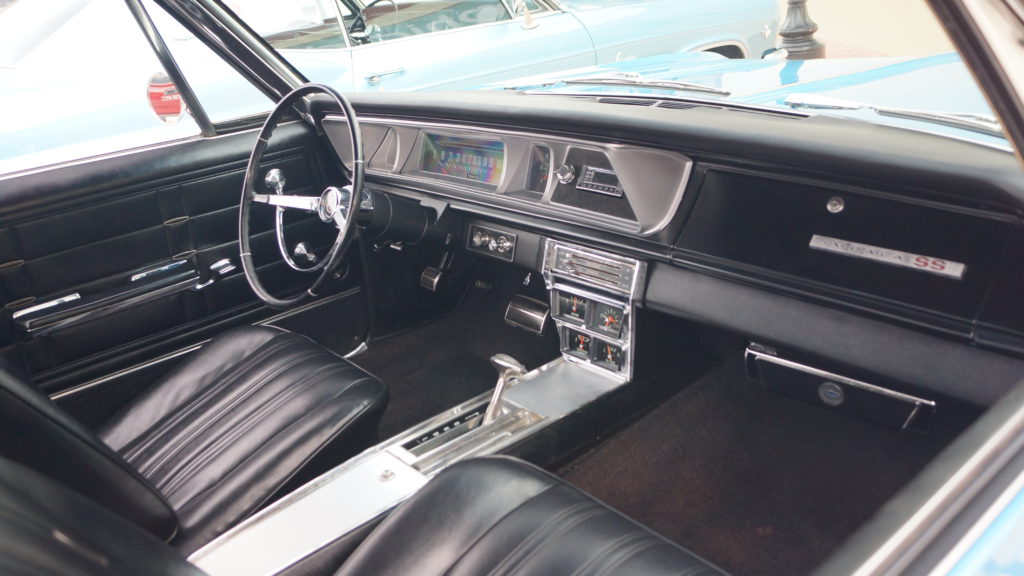
With a four-speed manual and racing-ready 4.56 rear gears, this full-sized monster could hit 60 mph in 6.3 seconds. That’s fast enough to make your passengers reconsider their life choices and friendship with you simultaneously.
Of the 99,311 Impala SS models produced, only 15,761 received the coveted 409 engine. The Beach Boys even wrote a hit song about it—basically the 1962 equivalent of going viral before anyone knew what “going viral” meant.
3. Mercury Super Marauder 427 (1963-1965) – Exterior
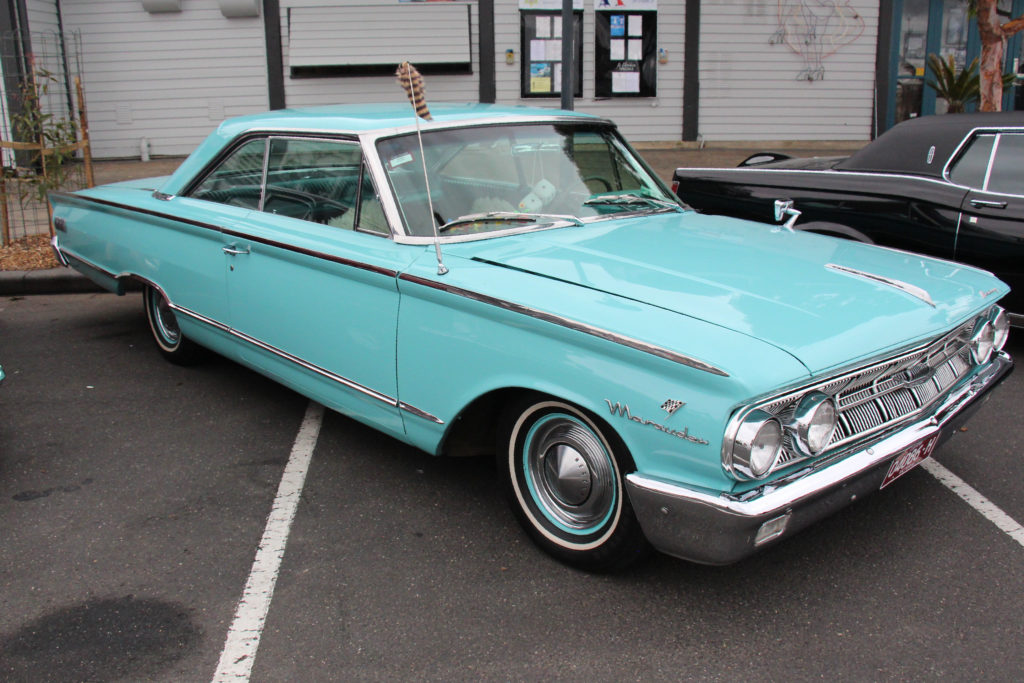
The Mercury Super Marauder suited drivers who wanted to terrify stoplight challengers while still impressing the country club valet. Its race-derived 427 cubic inch “side-oiler” V8 belted out 425 horsepower through dual four-barrel carburetors.
These massive engines consumed premium fuel with the enthusiasm of teenagers discovering an unlocked snack cabinet. However, this thirst translated into impressive performance, launching this 4,300-pound luxury missile from 0-60 mph in about 6.5 seconds.
Mercury Super Marauder 427 – Interior
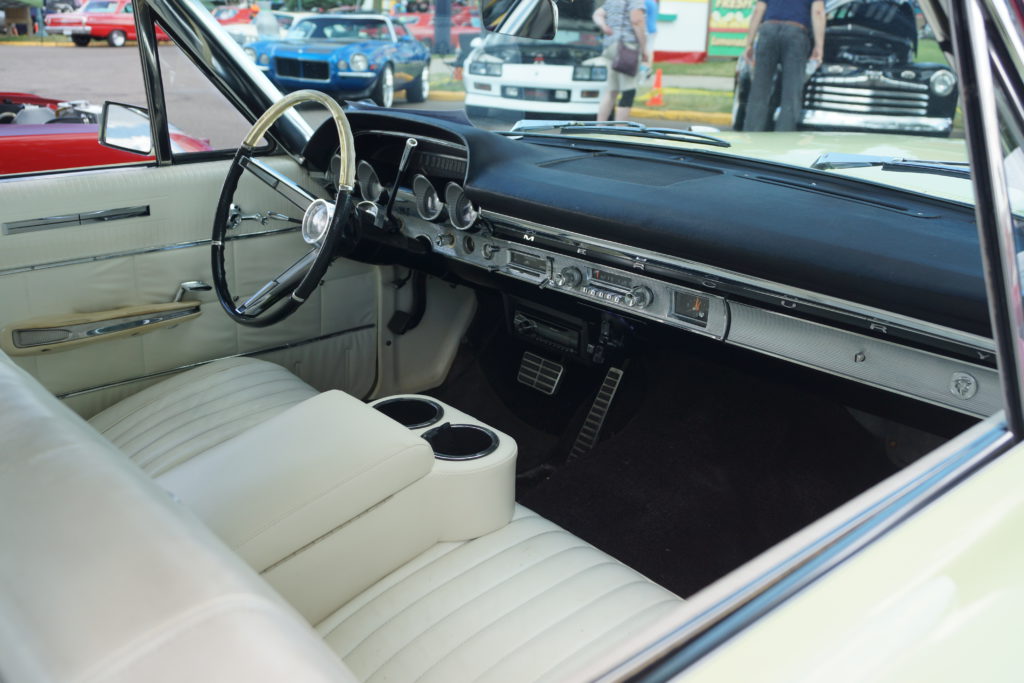
With fewer than 1,000 produced across three years, these cars are about as common as people who read privacy policies before clicking “accept.” Today, pristine examples can command upwards of $70,000 at auction—not bad for a car most people have never heard of.
Inside, leather seats and premium sound systems reminded owners they weren’t driving some ordinary muscle car. The Super Marauder created the perfect ride for executives who had corporate takeovers to plan by day and quarter-miles to dominate by night.
2. Plymouth Sport Fury 426 Max Wedge (1963) – Exterior

Essentially a drag racer with license plates, these cars had the subtlety of a fireworks display in a library. You could hit 60 mph in under 6 seconds in an era when most family cars measured acceleration with calendars rather than stopwatches.
Their competition success paved the way for the legendary Hemi, becoming the opening act that sometimes outshined the headliner. This racing heritage established Chrysler’s performance reputation that still commands respect today.
Plymouth Sport Fury Interior
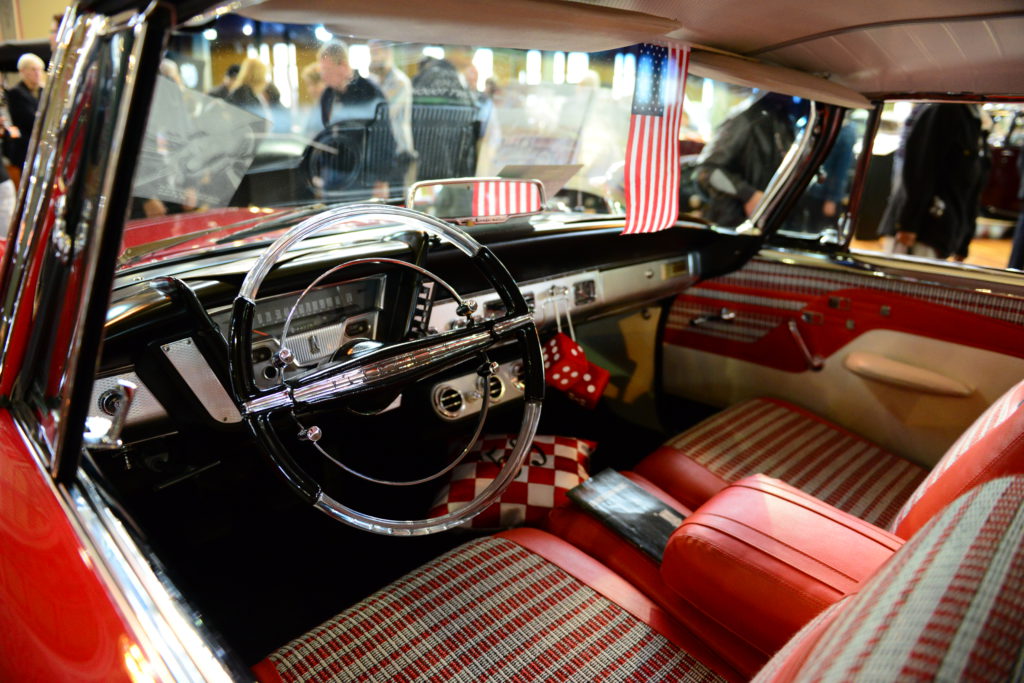
Essentially a drag racer with license plates, these cars had the subtlety of a fireworks display in a library. You could hit 60 mph in under 6 seconds in an era when most family cars measured acceleration with calendars rather than stopwatches.
Their competition success paved the way for the legendary Hemi, becoming the opening act that sometimes outshined the headliner. This racing heritage established Chrysler’s performance reputation that still commands respect today.
1. Studebaker Avanti (1962-1963) – Exterior
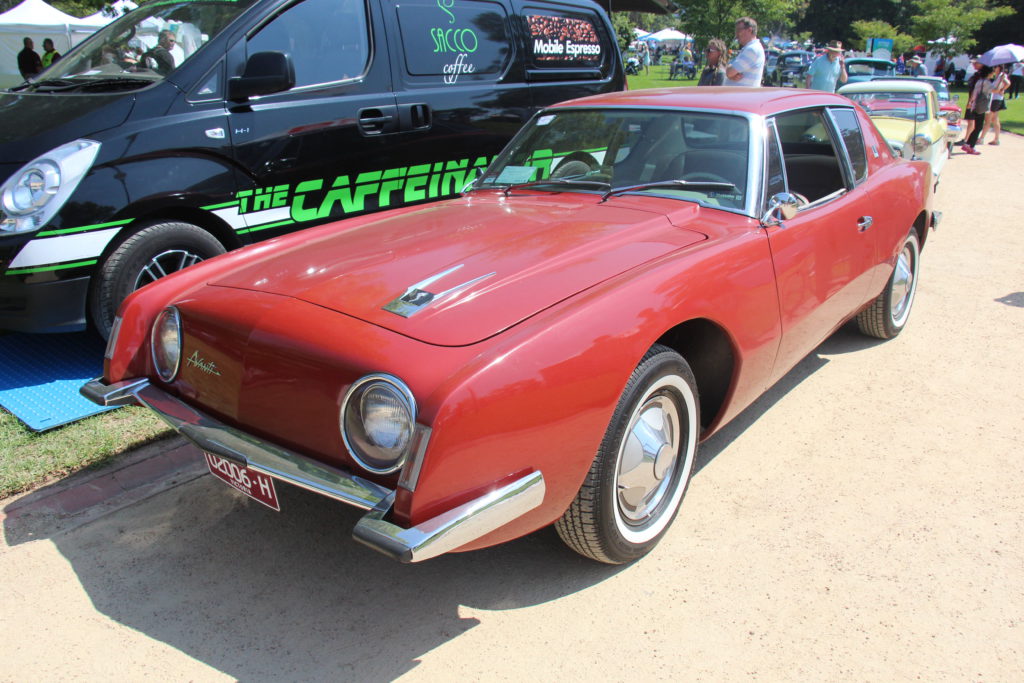
The Studebaker Avanti looked like it arrived from 1985 in a time machine. Created through collaboration between Studebaker’s president and designer Raymond Loewy, it featured a fiberglass body with no grille (because grilles were apparently just so last season).
Its aircraft-inspired interior made conventional car cabins seem hopelessly outdated. Power came from Studebaker’s 289 cubic inch V8, with the supercharged R2 version making 280 horsepower—enough to push this 3,100-pound spaceship to 60 mph in 7.5 seconds.
Studebaker Avanti – Interior
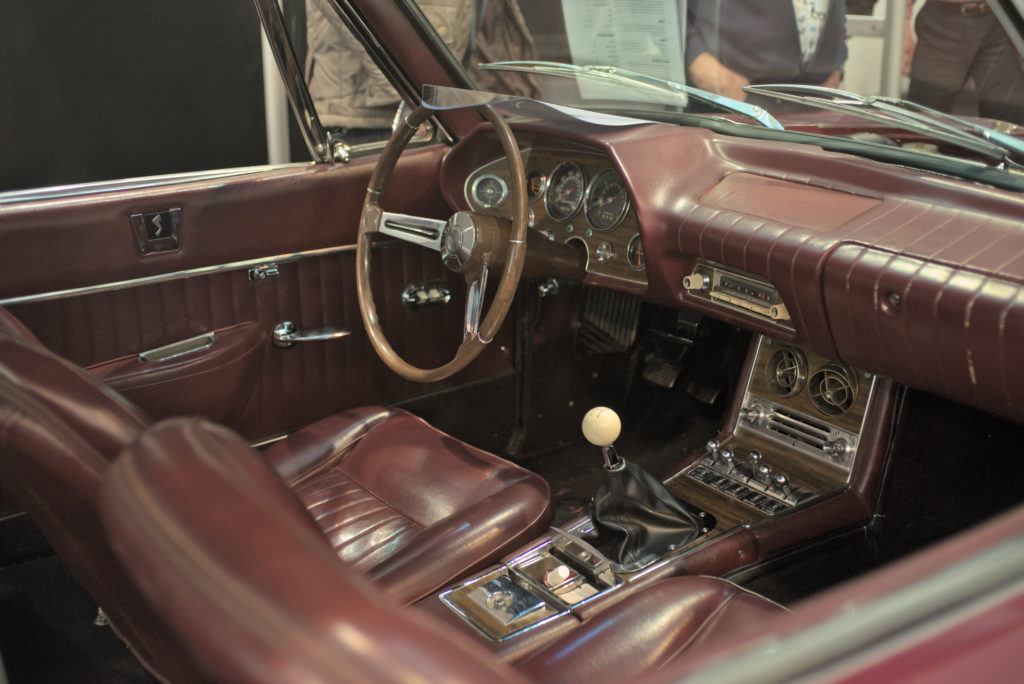
A modified version set 29 speed records at Bonneville, hitting 168 mph. That’s impressive for a company most people associated with horse-drawn wagons and depression-era trucks. The Avanti’s development process was as rushed as morning coffee on a Monday—Loewy’s team designed it in just 40 days.
Studebaker produced only 4,643 Avantis before the company’s financial department waved the white flag. Despite the company’s demise, the Avanti’s forward-thinking design influenced car styling for decades.







